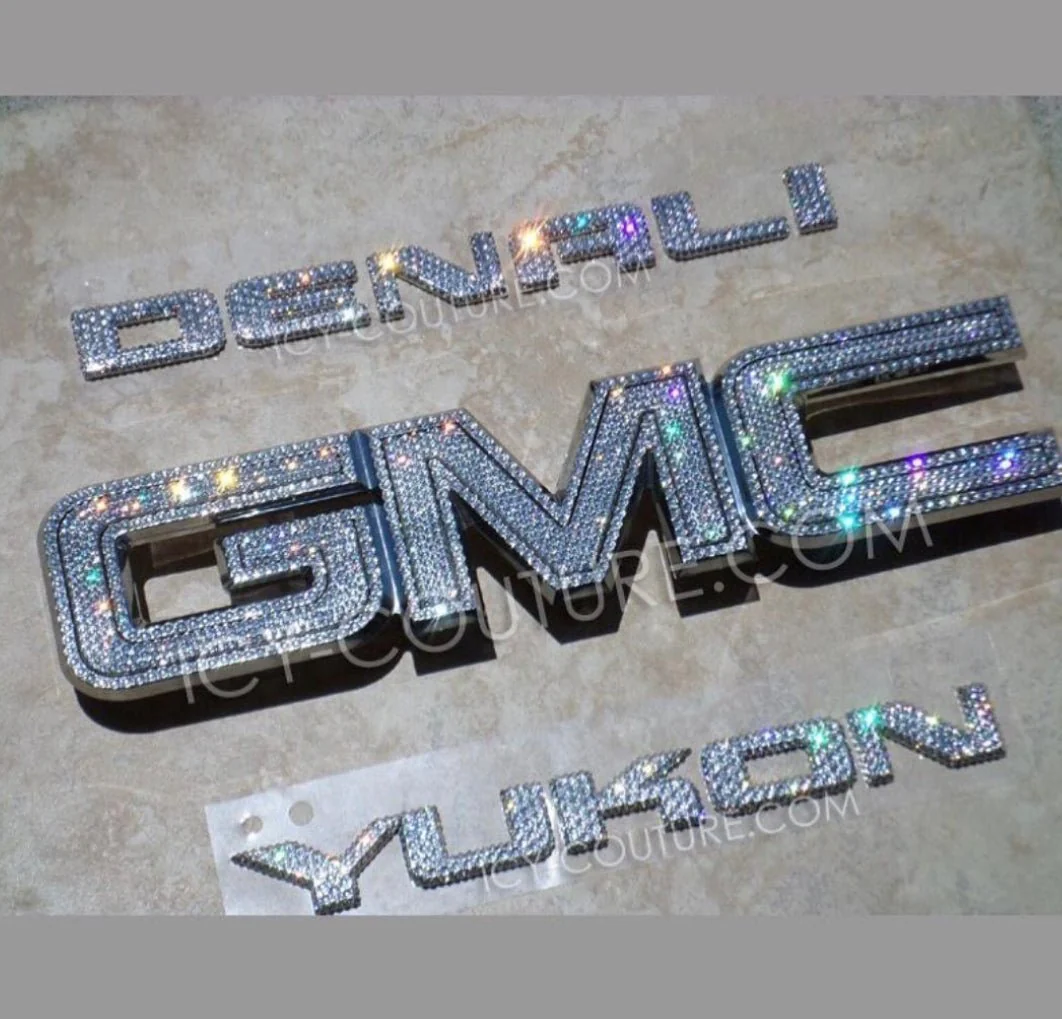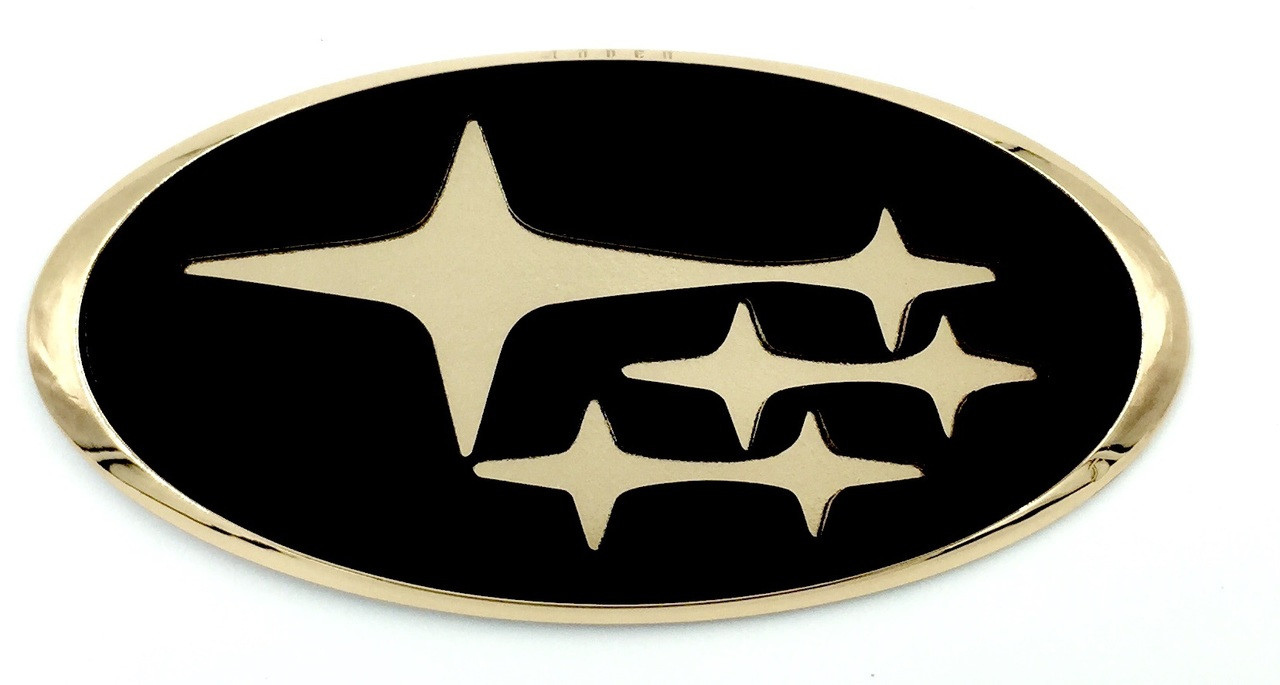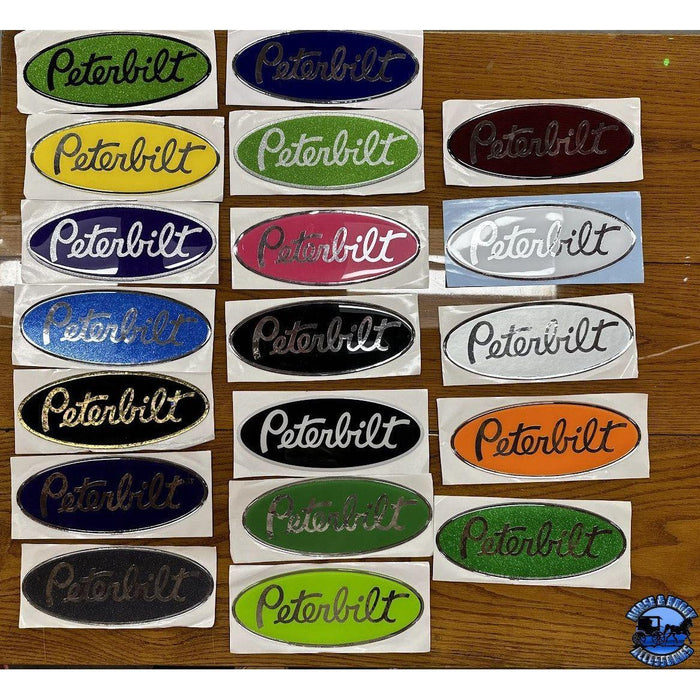From Principle to Creation: Crafting an One-of-a-kind Custom Emblem
From Principle to Creation: Crafting an One-of-a-kind Custom Emblem
Blog Article
Creating a Long Lasting Impact With Customized Emblems: Design Tips and Ideas
The production of a customized symbol is a pivotal action in developing a brand name's identification, yet numerous overlook the nuances that add to its efficiency. As we check out these important components, it becomes clear that there is more to crafting an emblem than mere aesthetics; recognizing these principles can transform your approach to brand representation.
Recognizing Your Brand Name Identification
Comprehending your brand name identity is essential for developing custom-made emblems that resonate with your target audience. By clearly articulating what your brand name stands for, you can ensure that the layout aspects of your emblem mirror these core principles.

Next, determine essential qualities of your brand, such as originality, advancement, or integrity. These features must lead the design process, affecting forms, symbols, and typography. A well-defined brand identification not only help in producing an unforgettable emblem yet also fosters brand name commitment and acknowledgment. Inevitably, an emblem that really shows your brand name identity will certainly produce a purposeful connection with your target market, strengthening your message and improving your total brand technique.
Picking the Right Color Styles
Picking the ideal shades for your custom-made emblem plays a critical role in communicating your brand's identity and message. Colors stimulate feelings and can substantially influence perceptions, making it important to pick shades that resonate with your target audience. Begin by taking into consideration the emotional influence of colors; for circumstances, blue often conveys trust and expertise, while red can evoke exhilaration and urgency.
It is likewise essential to align your color choices with your brand name's values and market. A technology company may select trendy colors, such as blues and eco-friendlies, to mirror advancement and reliability, whereas a creative agency may welcome vivid and bold colors to display creative thinking and power.
Furthermore, consider the shade consistency in your design. Making use of a color wheel can help you recognize corresponding or similar colors that create aesthetic balance. Go for an optimum of 3 main shades to maintain simpleness and memorability.
Typography and Font Style Option
A well-chosen font can considerably enhance the effect of your personalized symbol, making typography and font style option essential elements of the style process. The typeface should line up with the brand name's identification, communicating the suitable tone and message. A contemporary sans-serif typeface might stimulate a feeling of advancement and simpleness, while a timeless serif font can interact custom and integrity.
When choosing a font, think about legibility and scalability. Your symbol will be made use of throughout different media, from calling card to billboards, so the font style should continue to be clear at any size. Furthermore, avoid extremely ornamental font styles that might next page detract from the overall style and message.
Combining font styles can likewise develop visual passion however requires mindful pairing. Custom Emblem. A typical approach is to utilize a vibrant typeface for the primary text and a corresponding lighter one for additional components. Uniformity is crucial; limit your selection to 2 or 3 font styles to preserve a natural look
Integrating Significant Icons

As an example, a tree may stand for development and stability, while an equipment could represent innovation and precision. The secret is to make sure that the icons reverberate with your target market and mirror your brand's objective. Engage in brainstorming sessions to gather and explore various ideas input from varied stakeholders, as this can yield a richer selection of alternatives.
When you have actually identified possible symbols, test their efficiency by sharing them with a focus group or performing surveys. This feedback can supply understandings right into exactly how well the signs communicate your intended message. In addition, take into consideration just how these icons will operate in combination with various other design components, such as colors and typography, to produce a natural and impactful symbol. Ultimately, the best icons can improve acknowledgment and cultivate a stronger psychological connection with your audience, making your brand memorable and significant.
Ensuring Adaptability and Scalability
Making certain that your custom-made symbol is scalable and versatile is important for its performance throughout different applications and tools. A properly designed symbol ought to keep its stability and visual charm whether it's presented on an organization card, a web site, or a huge banner. To accomplish this, concentrate on creating a layout that is straightforward yet impactful, avoiding detailed information that might become lost at smaller sizes.

Evaluating your symbol in numerous layouts and sizes is essential. Examine just how it executes on various histories and in numerous atmospheres to ensure it stays efficient and recognizable. By focusing on adaptability and scalability in your style procedure, you will certainly create an emblem that stands the test of time and efficiently represents your brand name throughout all touchpoints.

Conclusion
To conclude, the development of personalized symbols demands a strategic approach that balances different style components, including brand name identification, shade choice, typography, and symbolic depiction. Highlighting simplicity and scalability makes sure that i was reading this the emblem stays flexible across different Check This Out applications, while purposeful signs enhance emotional resonance with the audience. By meticulously integrating these parts, brand names can cultivate a distinct identification that promotes recognition and leaves a long-term perception on customers.
A well-defined brand identification not just help in developing a memorable symbol however also promotes brand commitment and acknowledgment. Inevitably, a symbol that really reflects your brand name identity will produce a purposeful connection with your target market, strengthening your message and enhancing your total brand technique.
Picking the ideal colors for your customized emblem plays a critical function in communicating your brand's identity and message. By focusing on flexibility and scalability in your style procedure, you will certainly create a symbol that stands the test of time and effectively represents your brand across all touchpoints.
In verdict, the development of custom symbols requires a strategic strategy that balances numerous style aspects, including brand name identification, shade choice, typography, and symbolic representation.
Report this page